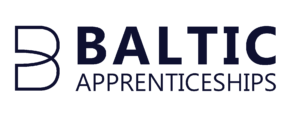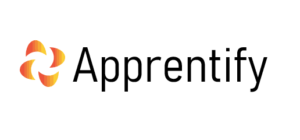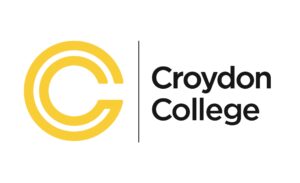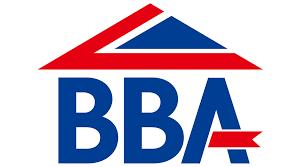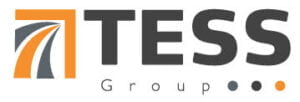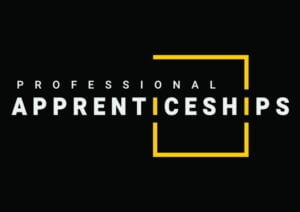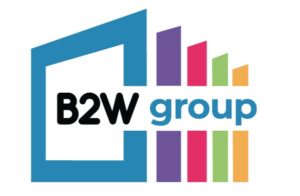Apprentice Guide: How to Prepare for EPA
This guidance was correct at the time of publication. Please be aware it may no longer reflect current guidance. Please refer to our current support materials for up to date guidance. This can be found on the EPA Pro portal.
After Gateway, you can breathe a sigh of relief that the on-programme part of your apprenticeship is complete. All that’s left is your end point assessment, or EPA. EPA can seem daunting, but with proper preparation you will know what to expect and this will boost your confidence.
We’ve written this article to give you some tips to prepare for EPA. Once you understand the process, EPA will seem much more manageable.
Do you understand the methods of EPA?
Each apprenticeship standard has its own assessment plan with different methods of EPA.
These could include a presentation, project report, multiple-choice test, professional discussion, Q&A, interview and more. The different assessment styles all aim to test your knowledge, skills and behaviours.
The first step to understanding EPA is to know which methods of assessment will be used and what to expect. You should know the process, the format and how you are expected to demonstrate your capability. These things should be detailed in the guidance given by your EPAO.
Do you know how you will be marked?
The assessment criteria are set out in the standard’s assessment plan. These are usually listed as knowledge, skills and behaviours along with details of how to achieve a pass and what extra you can do to achieve a distinction grade.
You should take time to familiarise yourself with all of these criteria and understand how they are relevant to your role.
Tip: Print out the assessment criteria and use these as a checklist to prepare for EPA.
As an EPAO we are often asked questions such as:
- Should apprentices include a bibliography?
- Do they get marked on spelling and grammar?
The answer is in the EPA guidance material. Apprentices can only be awarded marks for the items set out in the assessment criteria. Read the EPAO’s guidance material carefully. If it doesn’t specifically ask for something, there are no marks available to be awarded.
Can you give examples of how you have met the assessment criteria?
Once you’re familiar with the assessment criteria, take some time to think about how and when you have demonstrated each of the KSBs in your role. Then practice speaking out loud about them. You could practice with a colleague, friend or your training provider.
For example, if one criteria says ‘Can adapt to change and solve problems,’ you could think of a time something hasn’t gone to plan and describe:
- What happened
- How you reacted to it
- Why you chose that solution
- What happened as a result.
To push further and go for a distinction, reflect on your decision – would you make the same choice again? Perhaps you’ve changed something so the problem cannot reoccur, or implemented a new process so your colleagues know how to handle the situation in future.
Assessors are there to guide the assessment
Your EPA assessor is not there to catch you out. They are there to mark in a fair and consistent way, and although they must remain impartial you might pick up on clues in what they say. For example, if during a discussion the assessor tries to move the conversation on, they may have heard enough to award you the marks. If they ask about a certain element of your work, answer on that element – the assessor knows where marks are available and is giving you the opportunity to achieve them. This is where it pays for you to be familiar with the assessment criteria.
Assessors appreciate that EPA can be stressful – if your mind goes blank, ask if you can move the discussion on and come back to that question.
Mock assessments
Have you done a mock assessment? This means a practice run of your assessment, carried out in the same conditions to help you prepare and know what to expect. Training providers are often happy to carry out mock EPA – speak to your coach or tutor to arrange this.
For speaking assessments such as interviews and presentations, it may help you to record your mock assessment so that you can watch it back and identify where you can improve.
For anything else, ask
Hopefully these tips will help you prepare for EPA. If you have any questions that aren’t answered in your EPAO’s material, you should speak to your training provider.
Training providers are welcome to contact 1st for EPA for any additional clarification or guidance.







